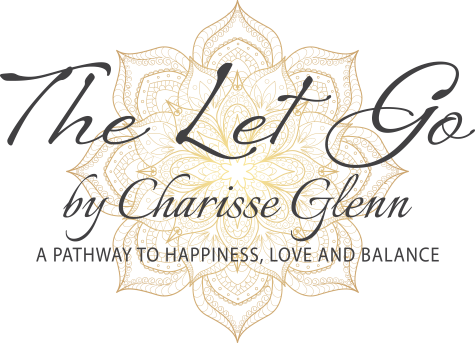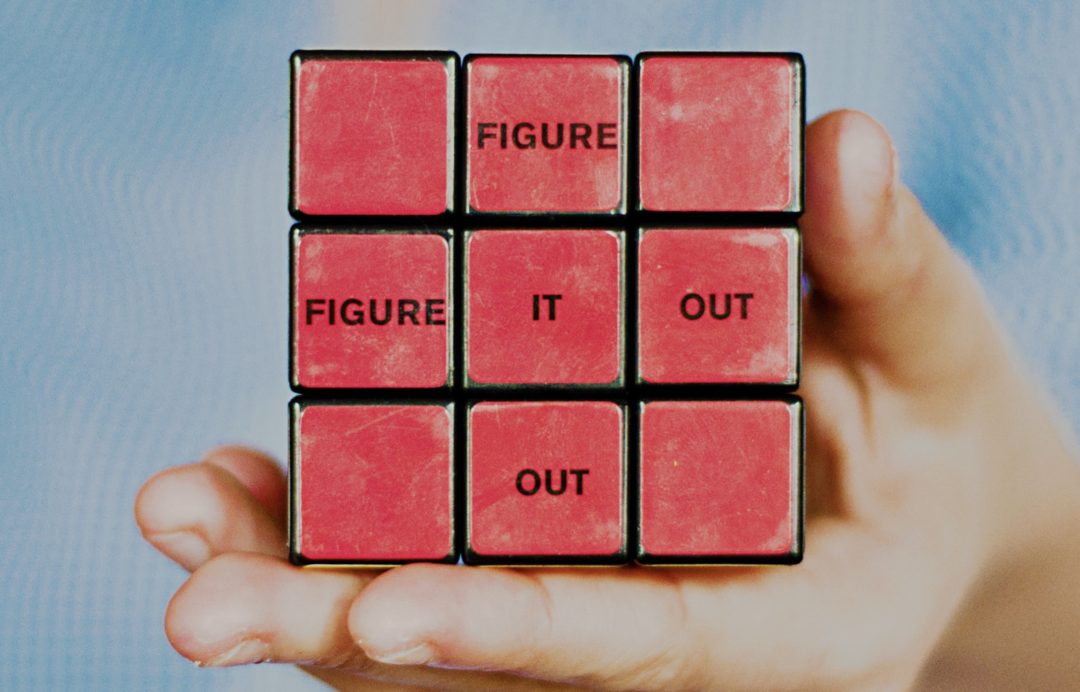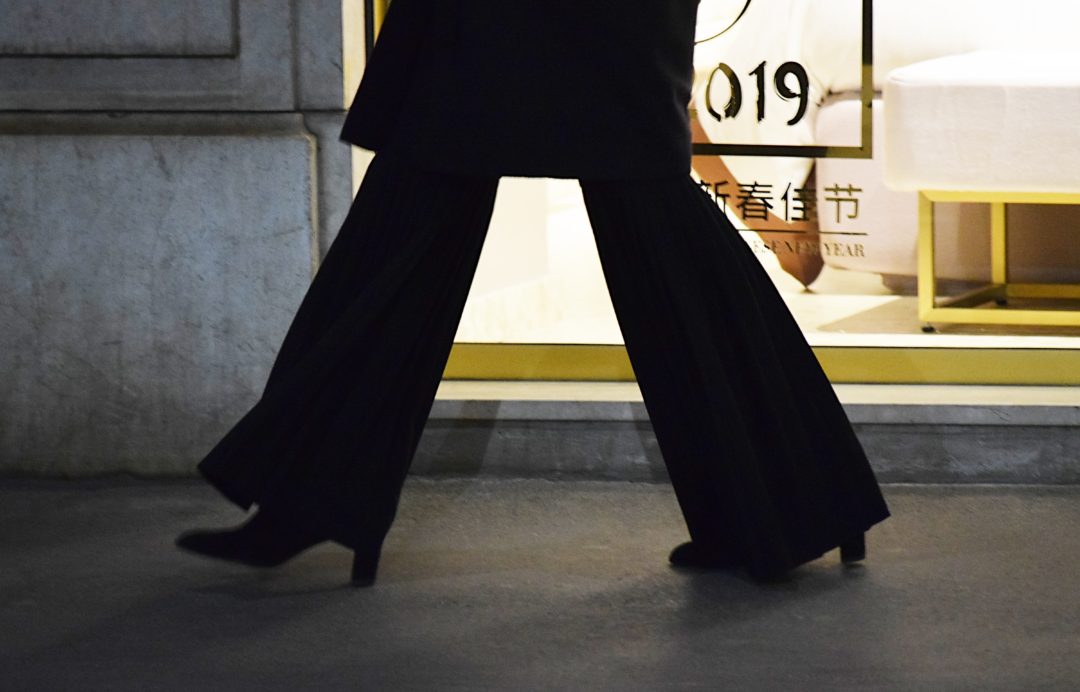“We can not solve our problems with the same level of thinking that created them”
―
We’ve all heard it. If you are not part of the solution, you are part of the problem. Yet, those stuck in the situation don’t realize they are there.
The word solution comes from the Latin word solūtiō and the verb solvō, which means to loosen. So even if we are not naturally solution finders, we can learn to loosen up the way we think to find a solution.
It comes down to how we process challenges. While some try something once and throw their hands up in the air, saying it doesn’t work, others keep searching for answers. They are problem solvers, seeking the reward at the end of a maze; they keep going.
Those with a give-up attitude, the quitters, or those who live in apathy get stuck. It takes a desire to change our behavior, and it starts by getting out of our way. To find solutions, we must open the doors to possibilities.
Opening the Doors of Possibilities
First, we need to look at how we think. When we focus on anything, our thoughts transmit images to our subconscious. It wants to help us. So, it provides data to support what we are thinking about. For example, if we focus on the difficulty of a situation, our subconscious will make it difficult. It only hears the This is difficult, part of the thought interpreting our focus to help us succeed in making it difficult.
Another example of how our subconscious translates thoughts is the same as when we are training a dog. Dogs see our thoughts. If we command the dog, Don’t cross the street, they only compute cross the street. Since they pick images, they don’t see the don’t sign. Giving the command in the affirmative, Stay here, is a clear message that both a dog and our subconscious mind understands.
Sometimes people are stuck behind the door of knowing everything. To avoid this, we must maintain a beginner’s mind, the opposite of the expert mind that knows everything. If we view the challenge as the first time we have faced it, our ability to bring new data to the situation expands. Looking at each problem as unique will help us avoid the I know everything point of view.
We get stuck in creating problems that don’t exist. These problems can get filed under the what-ifs. If we live our lives focused on the what-ifs, we spin our wheels.
Another area of struggle is being comfortable with the drama of our problems. Finding the solution will mean adjusting how we think, and a change is required. But unfortunately, many resist even when they know it is for their growth.
Putting awareness on how we think about problems is how we will discover the solution.Finding solutions takes accepting and understanding what may have worked at one time may not work now. A different path or tack may be needed to flush out the answer.
When it seems impossible to find a solution, it helps to get up and move around. Just getting the blood flowing helps the brain reenergize. Try sitting in a different location, go outside, or, if possible, into another room. Energy begets energy, so when we get the blood flowing in our bodies, it stimulates our creativity to flow too.
Creativity is an active element of problem-solving, but sometimes we need to get creative on how we stimulate our minds to kick in. When no solution presents itself to me, I use a trick to connect to my subconscious mind.
I ask, “If I did know the answer, what would it be?”. By taking away the frustration in the I don’t know, I can’t figure this out, or what is the answer? It frees the subconscious mind to chime in.
To develop a solution-based mindset, we must understand that the answers may not come in one complete thought. Instead, each piece reveals the whole picture like a jigsaw puzzle, eventually solving the problem.
If our thoughts reside behind a closed door, we are confined to a finite number of possibilities. But, on the other hand, we possess the ability to make the impossible possible if we become solution finders. So, ask yourself, do you want to be part of the problem or part of the solution?
There are not more than five primary colours, yet in combination
they produce more hues than can ever been seen.There are not more than five cardinal tastes, yet combinations of
them yield more flavours than can ever be tasted.”
― Sun Tzu, The Art of War






Gia
I want to be part of the solution! Hardly ever I will not actively look for a possible solution. Lovely article ❤️
charisse
Thank you me too I love problem solving!
Mary DaSilva
I just love the way you put your thoughts together to help others. I want to be a better problem solver. This was a beautiful article❤️